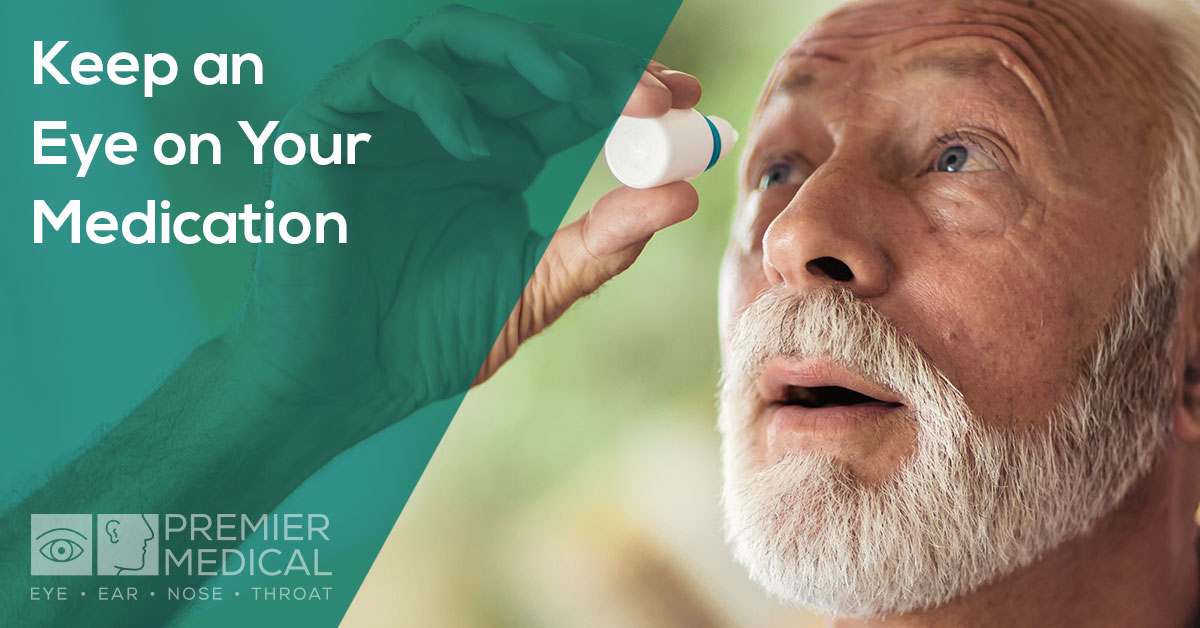Keep An “Eye” On Your Medication


Having an issue with your eyes is bad enough, but making the situation even worse is if you accidentally confuse your eye drop medication with another similar-looking bottle. It may seem like an unlikely scenario, but it happens. In fact, it’s actually quite common. There are a variety of other bottles—like ear drops (the most common mishap), fingernail glue, and even super glue—that are just the right size to be easily be mistaken for eye drops.
Not surprisingly, putting ear drops into your eyes can create a serious situation. Typical symptoms of doing so include redness, burning, and stinging, and it can also cause swelling and blurry vision. Putting glue in your eyes is obviously even worse—and even catching it quickly and washing the eyes out with water can still lead to the eyelids being glued together, requiring a trip to the emergency room.
“While it’s highly unlikely the bottle similarities will change anytime soon, there are a number of ways to avoid the possibility of mixing up your medications,” says Premier Medical ophthalmologist Dr. Stuart Ball.
Here are a few of our suggestions from Dr. Ball to keep your eyes free from a mix up:
- Store them separately. Instead of keeping all medications together in one location, keep eye drops completely separate from other bottles. And if possible, store eye drops and ear drops in their original packaging, which typically has eye or ear pictures on the box to help distinguish them.
- Create a schedule. If you happen to be taking eye drops and ear drops at the same time, create a schedule that allows you to take them at different times of the day.
- Double-check before using. Before putting any drops into your eyes, double-check the bottle to make sure it’s the correct medication. Try reading the label out loud to help ensure there’s no mistake.
- Learn the look of your medication. If your eye issue causes you to not see clearly enough to read the label closely, learn the color cap of your specific eye drops so that you can distinguish them better.
- Toss unused medication. Once you are done using eye drops or ear drops, throw them away. Fewer bottles means a less likely chance of mixing up medications.

